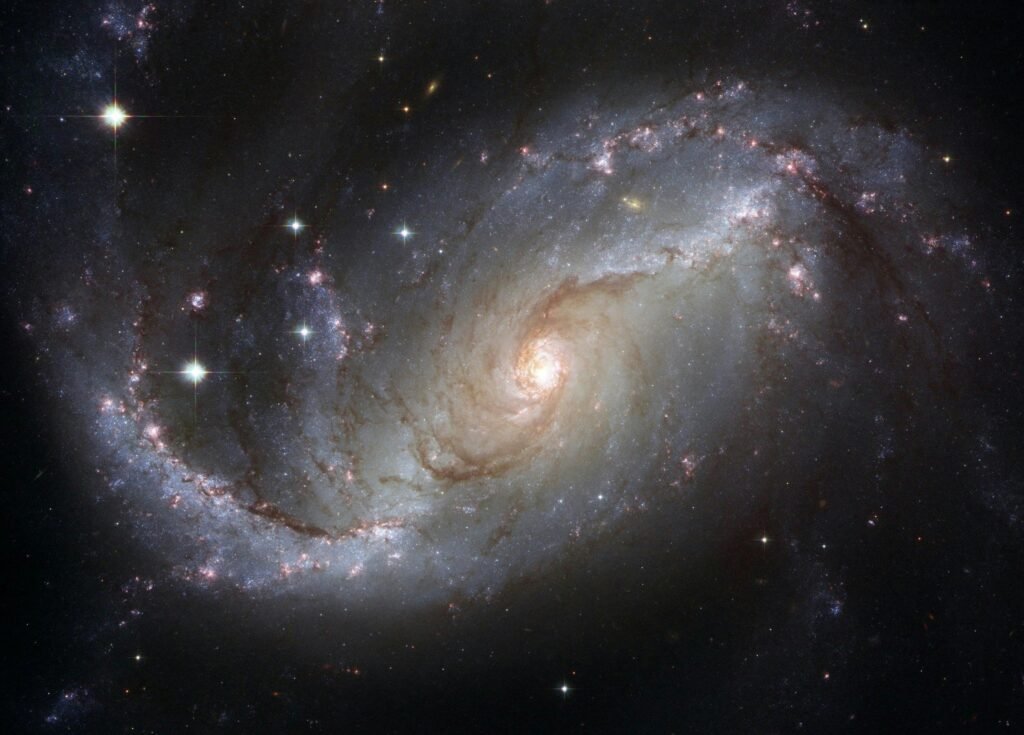

Universe: The universe encompasses all of space, time, matter, and energy. It includes everything from the smallest subatomic particles to the largest galaxies and beyond.
Origin: The most widely accepted theory about the origin of the universe is the Big Bang Theory. According to this theory, the universe began approximately 13.8 billion years ago from an extremely hot and dense state and has been expanding ever since.
Components:
Structure:
Key Concepts:
Future: The ultimate fate of the universe is still uncertain. Theories include continued expansion, eventual collapse (Big Crunch), or a state of equilibrium (Heat Death).
|
Which theory explains the origin of the universe as a massive explosion?
Who proposed the Big Bang Theory?
What is the approximate age of the universe according to the Big Bang Theory?
Which of the following is the largest galaxy in our local group?
What is a black hole?
Which shift in light indicates that the universe is expanding?
What is the name of the first molecule formed in the universe after the Big Bang?
Which of the following is known as the ‘Watery Planet’?
Who discovered the laws of planetary orbits?
Which planet is known as the ‘Morning Star’?
ANSWER: B) Big Bang Theory C) Georges Lemaître C) 13.8 billion years B) Andromeda B) A contracted star with intense gravitational pull B) Red shift A) Helium Hydride B) Earth C) Johannes Kepler B) Venus |
|
Discuss the Big Bang Theory and its significance in understanding the origin and evolution of the universe.
Explain the concept of dark matter and dark energy. How do they influence the structure and expansion of the universe?
Describe the lifecycle of a star. How do different stages of stellar evolution contribute to the formation of elements in the universe?
What is the significance of the Cosmic Microwave Background (CMB) radiation in cosmology? Discuss the information it provides about the early universe.
Analyze the role of space telescopes and observatories in advancing our understanding of the universe. Provide examples of significant discoveries made by these instruments.
Evaluate the impact of gravitational waves on our understanding of the universe. How have recent discoveries in this field contributed to cosmology?
Discuss the concept of multiverse theory. What are the scientific arguments for and against the existence of multiple universes?
|